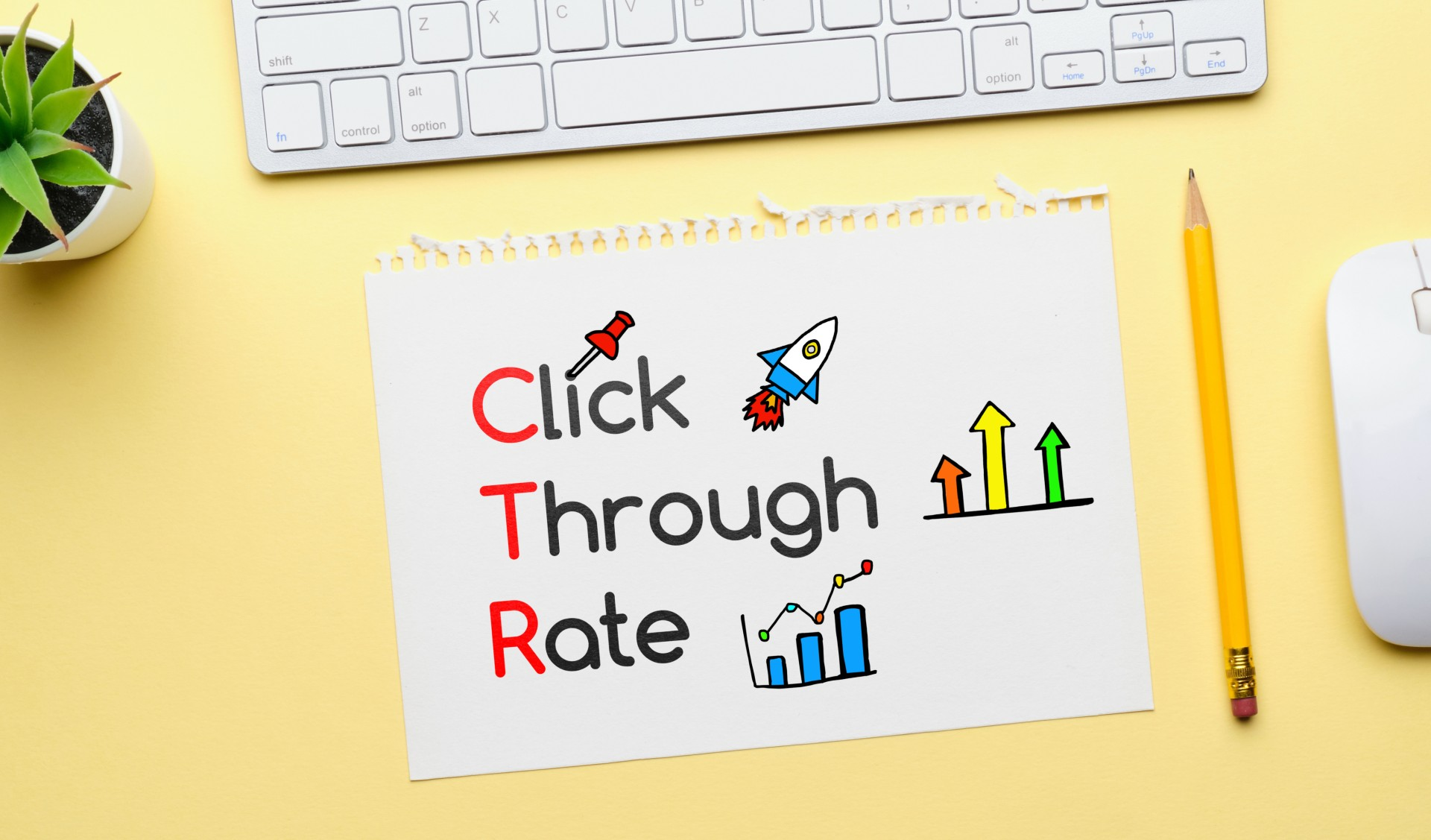Marketing success cannot be measured intuitively – that's what KPIs (Key Performance Indicators) are for. These are metrics that professionals use to evaluate how effectively their actions contribute to achieving business goals – whether it's sales growth, attracting new customers, or increasing brand awareness. In this article, we'll look at 10 key KPI marketing metrics that will be especially important in digital marketing in 2025.
What is KPI in Marketing
Each marketing KPI acts as a benchmark — it helps to record current results and determine whether the team is moving in the right direction. These indicators allow you to track not only the overall effectiveness of the strategy but also to evaluate the contribution of each channel or tool to achieving goals.
Marketing KPIs cover a wide range of aspects, from user behavior on the website to ROI. They make the analysis process objective and measurable, eliminating guesswork and assumptions. They give businesses a clear picture of what works and what needs improvement.
The choice of specific KPIs depends on the company's objectives, the stage of the sales funnel, the characteristics of the audience, and the type of campaign. In some cases, the conversion rate comes to the fore; in others, the cost of attracting a client or engagement in social media.
Now that you have a general idea of what KPIs in marketing are and what role they play in strategic planning, you can move on to an overview of specific metrics. We have collected 10 key marketing KPI examples that will help you track and improve campaign results in 2025.
Click-Through Rate (CTR)

CTR is one of the most well-known and universal digital marketing metrics. It is widely used to analyze the effectiveness of email newsletters, SMM, and other types of marketing campaigns. This indicator is significant for assessing the engagement of the target audience.
Using the click-through rate, marketers can measure the percentage of users who clicked on a link from an email, advertisement, social media post, or other campaign content.
To calculate CTR, divide the number of clicks on a link by the total number of ad views, then multiply the resulting value by 100. For example, if your ad received 10,000 views and 100 clicks, its click-through rate is 1%.
CTR = (Clicks / Impressions) × 100%
In email marketing, this indicator is calculated a little differently. Instead of views, the total number of emails delivered during the mailing is considered.
Cost Per Acquisition (CPA/CPL)
Among the key performance indicators for marketing, which are considered basic for digital promotion, an important place is occupied by CPA (Cost Per Acquisition). This metric shows the average amount of money spent during a specific campaign to attract one new client.
To calculate the cost of acquisition, divide your total campaign spend (base and additional costs) by the number of new customers acquired as a result of the campaign. For example, if you spent $100 on advertising and, as a result, acquired 2 new customers, the campaign's CPA would be $50.
CPA = Total Campaign Cost / Number of New Customers
Regular measurement of this indicator allows for a highly accurate assessment of the campaign's economic efficiency. In addition, such monitoring allows comparison with other campaigns or promotion channels.
Along with CPA, marketers often use a similar metric to estimate the cost per lead (CPL). It is calculated using a similar formula; only in this case, the total amount of investment in the campaign is divided by the number of new leads.
Return on Investment (ROI)
ROI is a metric that every digital marketer should calculate and track. It helps to provide information about the return on investment of marketing campaigns.
To calculate ROI, you need to add up all the income that your business has received from promotional activities. Then, from this amount, you need to subtract the total cost of expenses for organizing campaigns – both basic and additional expenses. This is how you will find out your net profit. Then divide the net profit by the cost and multiply the result by 100. For example, if you invested $500 in advertising and received $3,000 in income, the net profit from this campaign will be $2,500, and the ROI will be 500%.
ROI = (Revenue − Cost) / Cost × 100%
The payback rate is one of the key metrics for any type and format of marketing. Knowing the current ROI of each campaign or promotion channel allows you to accurately assess the effectiveness of your strategy and manage your budget rationally.
Conversion Rate (CR)
CR denotes the percentage of users who performed a certain target action after viewing an ad, receiving an email, or participating in any other campaign. The type of conversion is determined by the campaign goals. It can be subscribing to a newsletter, registering on a website, filling out an online form, purchasing a product, participating in a webinar, and so on.
To calculate the conversion rate, you first need to determine the number of users who performed the target action. Then divide this value by the number of clicks on the advertising link and multiply the result by 100. For example, if you recorded 1,000 clicks and 120 target actions at the end of the campaign, its conversion is 12%.
CR = Conversions / Clicks × 100%
Calculating this metric in a timely manner allows you to accurately assess the performance of your digital marketing campaigns and understand how they impact your target audience.
Open Rate (OR)
The open rate stands as one of the most widely used key performance indicators in email marketing. It helps calculate the percentage of your subscriber base who opened the email they received. This metric helps marketers determine the share of the active audience that interacts with the content they send out.
Your open rate can be calculated using a straightforward formula: divide the number of opened emails by the total emails delivered in a campaign, then multiply by 100 to get your percentage. For example, if you sent 20,000 emails, of which 5,000 were opened, then the OR for that mailing is 25%.
OR = Emails Opened / Emails Delivered × 100%
Most modern email marketing platforms provide the ability to automatically calculate the open rate for campaigns run through them, so their users don’t have to figure out this metric themselves.
Engagement Rate (ER)
The engagement rate is a significant KPI for marketing, which is often used in reports on completed SMM campaigns and when evaluating the results of email newsletters. In SMM, it denotes the percentage of comments, likes, reposts, and other interactions with the content you have published in relation to the number of your subscribers.
A number of social media and marketing platforms automate the calculation of engagement rates, publishing data about them in the analytics dashboard. You can calculate this metric yourself using a simple formula. To calculate ER, divide the total number of interactions with your content (likes, comments, shares, etc.) by your total number of followers and multiply the result by 100%.
ER = Total Interactions / Total Followers × 100%
For measuring ER in email campaigns, you'll need a different formula. Count all the target actions your subscribers took with your emails — for example, all opens and clicks. Then sum these figures, divide by the total number of emails delivered in your campaign, and multiply the result by 100 to obtain your percentage.
Customer Lifetime Value (CLV)
Customer lifetime value is often seen in lists of the most popular metrics for digital marketing. CLV denotes the potential profit that each customer will bring to the company over the entire period of interaction with them — from the first to the last purchase.
Customer lifetime value can be determined through a specialized formula. Multiply the average amount of a customer transaction by the average number of transactions per year. The resulting number should be multiplied by the average length of the life cycle of your company's customer (in years).
CLV = Average Purchase Value × Purchase Frequency × Customer Lifespan
Cohort analysis is considered the most accurate tool for calculating CLV. To perform it, all customers are divided into groups (cohorts), and the dynamics of purchases of each customer or cohort for the required period are assessed. The obtained data is then summarized in a single table.
It is important to remember that CLV is a predictive metric. It can only calculate future profits, not the amount of funds already received. In addition, it helps businesses segment their target audience, identify the most effective communication channels, and optimize their marketing budget.
Return on Advertising Spend (ROAS)

Return on advertising spend (ROAS) is a basic KPI in marketing, widely used in paid advertising to accurately assess the profitability of campaigns. It allows you to determine how effectively investments are spent by comparing the income received with the advertising costs.
To determine ROAS, simply divide the total revenue generated from your advertising by the complete advertising expenditure. Then multiply the result by 100. The values needed to calculate this metric can be found in the dashboards of the advertising platforms you use.
ROAS = Revenue from Ads / Advertising Cost × 100%
A ROAS greater than 100 means that the advertising campaign was profitable. If it is less than 100, the campaign was unprofitable. A value of approximately 100 indicates that you broke even.
Most often, the return on advertising expenses indicator is calculated for the entire period of the campaign. However, you can calculate it for a specific period of time (for example, for a month) to adjust your advertising budget.
Keyword Ranking
Keyword ranking is a specific metric used for SEO campaigns. It allows you to track the positions of your site or sites in organic search results for target queries. The higher your site ranks in search results for a relevant keyword, the more potential customers will visit it and become familiar with your offer.
You can find out the ranking of keywords for which your site appears in the Google Search Console panel. To achieve this, you need to generate a report called “Performance on search results.” It will allow you to see the average position of the site in organic search results for 1,000 queries selected by Google.
Popular SEO analytics platforms (for example, Semrush and similar) can help you calculate this indicator. Their tools allow you to find out not only the current but also the potential keyword rating, which can be achieved after properly optimizing the website.
Cost Per 1000 Impressions (CPM)
Our review of the most popular metrics ends with cost per 1000 impressions (CPM). It is used by marketers and entrepreneurs to calculate the average amount that each thousand impressions of their ads to the audience costs them.
To calculate the CPM, add up all the ad campaign costs and divide the resulting value by the number of impressions of your ads. Then multiply the result by 1000. Many advertising platforms (such as Meta Ads Manager) provide automatic calculation of the cost per 1000 impressions in the campaign management panel.
CPM = Advertising Cost / Impressions × 1 000
By tracking this metric in a timely manner, you can monitor the profitability of your brand or product awareness campaigns. It will additionally enable you to forecast the expenses associated with reaching audience segments relevant to your business.
Conclusion
By regularly measuring the KPIs for marketing presented in this article, you will be able to learn about the campaign's effectiveness in a timely manner. The information collected provides specialists with important insights about key promotion indicators and the potential for improvement. Thanks to KPIs, marketers can qualitatively optimize campaigns to achieve their goals faster and implement planned strategies without excessive budget spending.
If you want to automate processes and boost productivity, check out SaveMyLeads. No special skills are required — explore integration setup examples:
